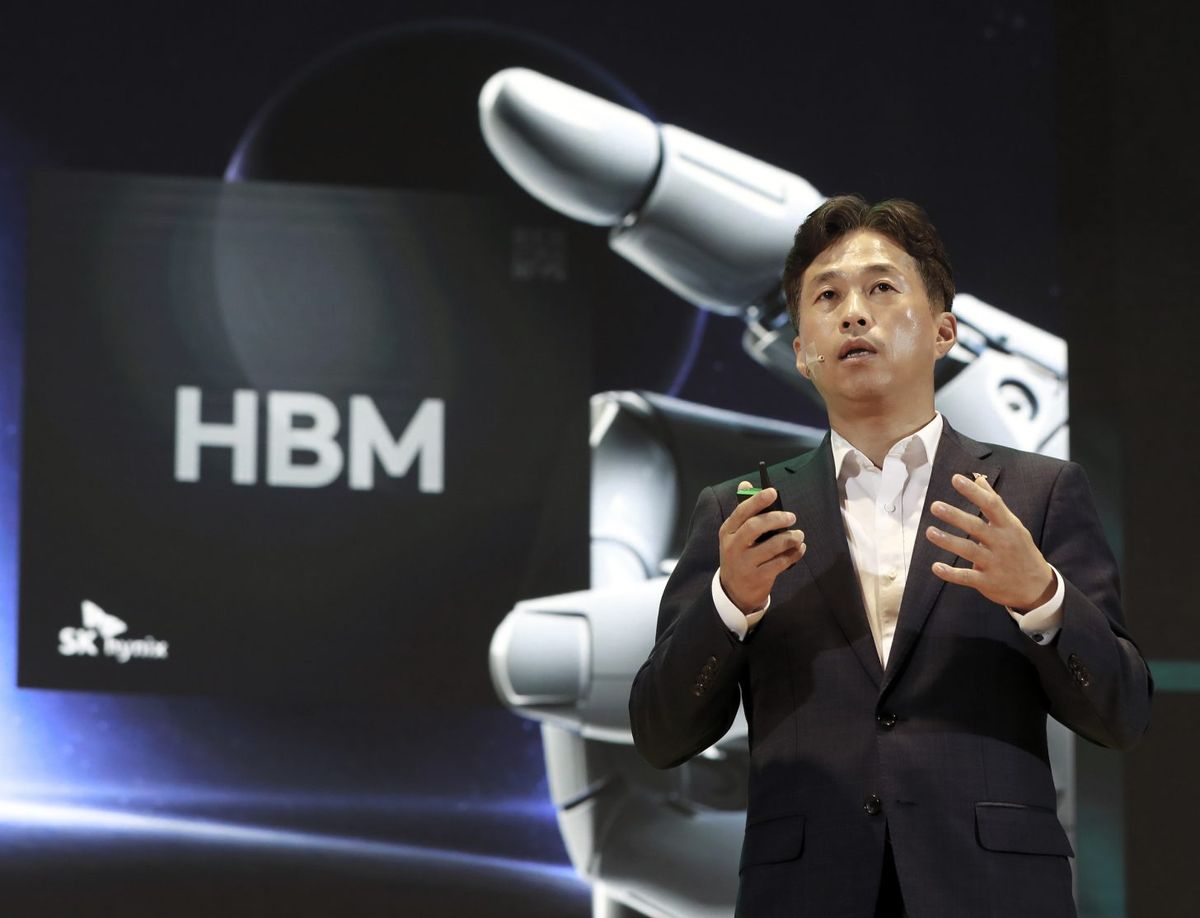Get the latest tech news
Despite its impressive output, generative AI doesn't have a coherent understanding of the world. Researchers show that even the best-performing large language models don’t form a true model of the world and its rules, and can thus fail unexpectedly on similar tasks.
Large language models can achieve incredible performance on some tasks without having internalized a coherent model of the world or the rules that govern it, MIT researchers find. This means these models are likely to fail unexpectedly if they are deployed in situations where the environment or task slightly changes.
When they dug deeper, the researchers found that the New York maps the model implicitly generated had many nonexistent streets curving between the grid and connecting far away intersections. But the question of whether LLMs are learning coherent world models is very important if we want to use these techniques to make new discoveries,” says senior author Ashesh Rambachan, assistant professor of economics and a principal investigator in the MIT Laboratory for Information and Decision Systems (LIDS). Surprisingly, the researchers found that transformers which made choices randomly formed more accurate world models, perhaps because they saw a wider variety of potential next steps during training.
Or read this on r/technology


